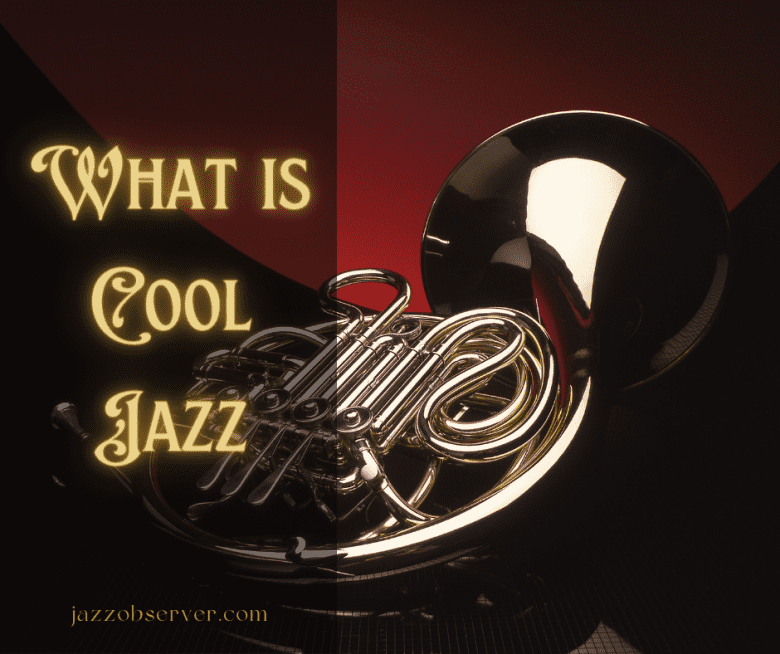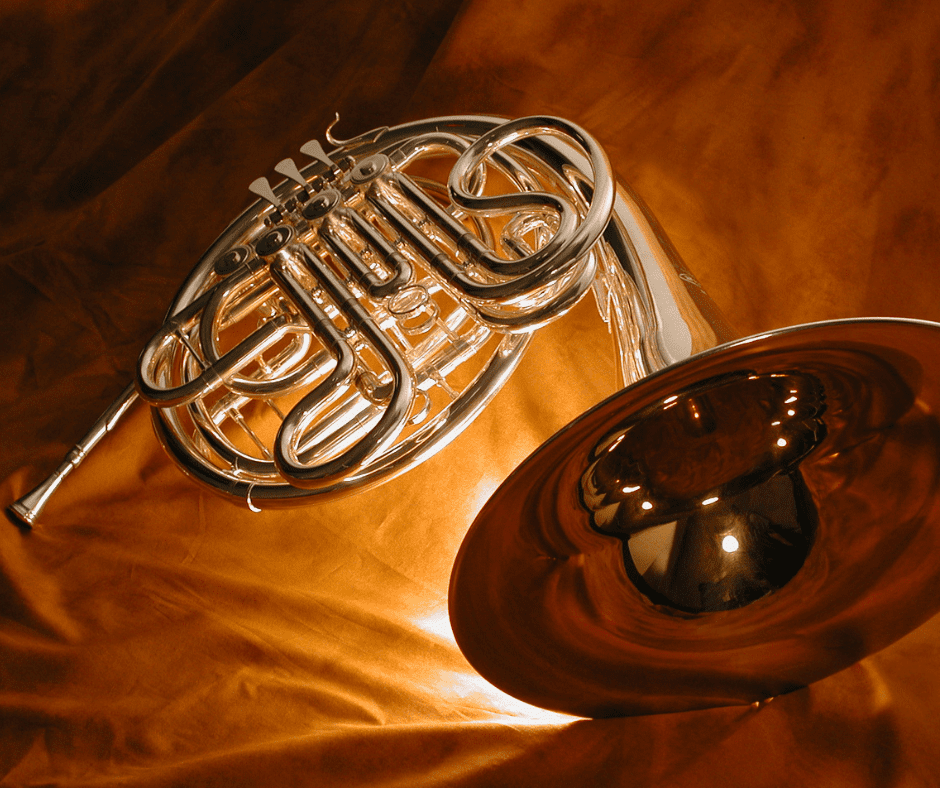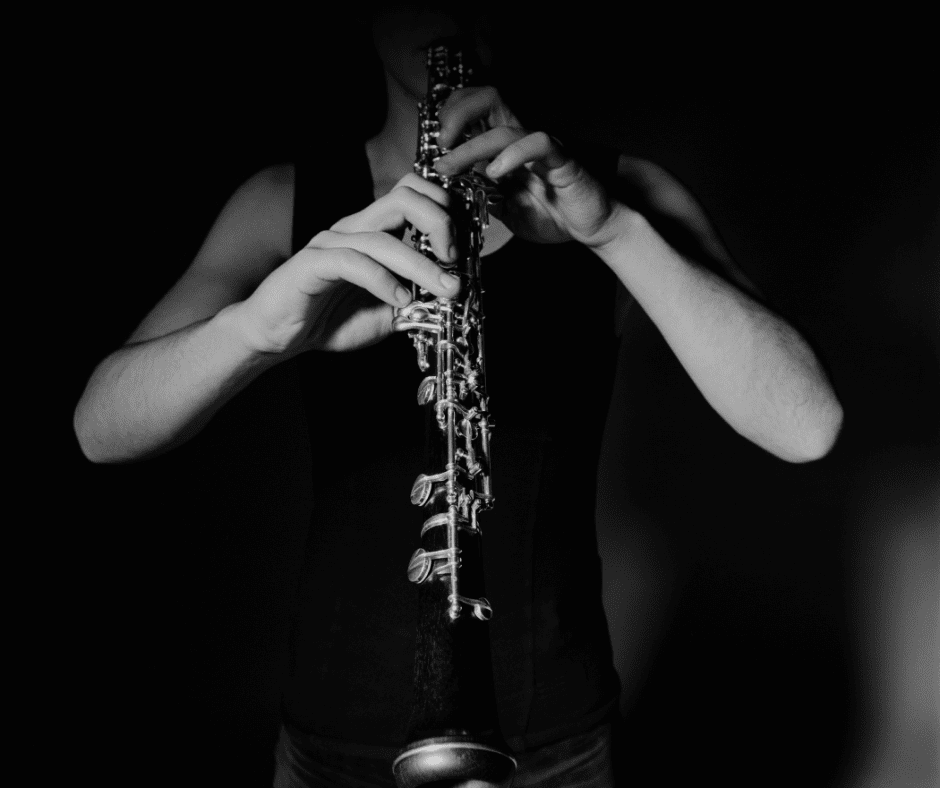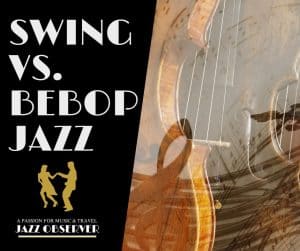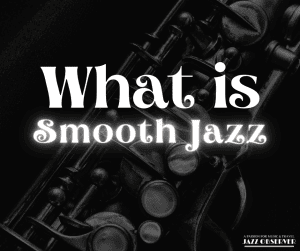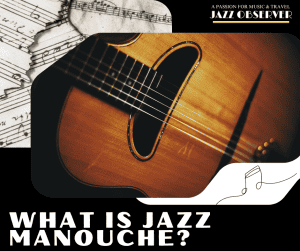The world of jazz is far wider and more differentiated than many people expect. While those who aren’t familiar with the genre typically focus on the more erratic, high-energy versions, cool jazz is a counterpoint that is often far more accessible to those new to the genre. But that doesn’t mean it isn’t also a favorite of jazz music aficionados, as its smooth, relaxed feel is broadly appealing.
The origins of cool jazz are intriguing, and modern artists continue to embrace the style. If you’re asking questions like, “What is cool jazz?”, “When was cool jazz invented?” and “Who was the first cool jazz artist?” here’s what you need to know about cool jazz history, its characteristics, and more.
What Is Cool Jazz?
Cool jazz music is an offshoot of jazz that began emerging in the late 1940s after the end of World War II. In many ways, the cool jazz sound is a counterpoint to comparatively “hot” variants.
So, how is cool jazz defined? Ultimately, the term “cool” jazz took hold due to journalists reporting on the newly emerging relaxed jazz style. Journalists described the music as “cool” since it’s more understated and subdued when compared to bebop bands, hard bop, and other upbeat jazz styles of the era.
Cool jazz is also know as “college jazz,” as many who embraced and created the foundational music in the genre were university-educated formal musicians. Often, they imbued the music with classical elements, shifting away from the swing and blues influences usually found in higher-energy forms of jazz.
Comparatively speaking, you also saw far more white artists in the cool jazz genre after it developed than in the evolutions of others. However, its origins are associated with two prominent African American jazz musicians. As time passed, artists from all walks of life were part of the progression of cool jazz, each having their own take on the genre.
What Are Some Characteristics of Cool Jazz?

At its core, cool jazz is restrained, but it’s still incredibly emotional. Cool jazz simply captures different feelings than those you find in many other versions of jazz, often imbuing a soft, romantic, restful, or even melancholy quality.
The cool jazz characteristics begin with a lower energy level and slower tempo. The cool aesthetic favors low and mid-registers, with far less vibrator than you find in many higher-energy jazz variants.
Additionally, cool jazz has smooth, melodic qualities. Compared to other forms of jazz, the music feels lyrical. Plus, cool jazz isn’t afraid of silence or softness.
Cool jazz also has more classical influences. There’s less improvisation and more formal composition. However, cool jazz does take advantage of odd time signatures, while many other jazz variants stick with a classic 4/4 time signature.
What Influenced Cool Jazz?
Generally, the core influences of cool jazz were bebop, hard bop, and classical music. While cool jazz intentionally differs from bebop and hard bop, the desire to move away from that often frenetic sound paved the way for cool jazz. As a result, both of those genres serve as a significant influence.
Classical music was the other primary influence that impacted the evolution of cool jazz. The goal was to create structure and formal arrangements, and the cool genre embraced what classical music offered. The result was a unique softness and higher intentionality, as well as leading to the introduction of new instruments into jazz, including flutes, oboes, French horns, and more.
What Does Cool Jazz Emphasize?
Since cool jazz is highly influenced by classical music, it emphasizes formal compositions and arrangements over improvisation. Additionally, solos aren’t as common in cool jazz, instead favoring a more orchestral-style approach to the music.
Tonally, cool jazz is deeper and softer. Even drums are played with a degree of lightness, preventing them from overwhelming the listener. Cool jazz has fewer shrill or overly bright moments, as the goal is to maintain a relaxed, restrained vibe.
Who Created the Cool Jazz Sound?

The creation of the cool jazz sound is primarily attributed to two jazz legends. The first of the cool jazz pioneers is, Lester Young – a tenor saxophonist and part of the Count Basie band – is broadly considered the inspiration for the cool jazz movement. He’s also credited with spurring the association between the term “cool” and the merging relaxed feel. He used “cool” to describe a calm state or reduced intensity, and his perspective led others to explore that style of playing.
In turn, trumpeter Miles Davis became what many consider to be the founder of cool jazz. He created softer variants of bebop movement, including the many examples found on his album Birth of the Cool.
The Miles Davis Nonet – which included greats like saxophonist Gerry Mulligan, Lee Konitz, and Gil Evans – pursued the sound, though it was incidental. They were aiming for more deliberate tracks over the energetic fervor that came with many other jazz subgenres.
What Are Some Examples of Cool Jazz?

There is a slew of cool jazz groups and artists. Plus, many jazz musicians who don’t traditionally stick within the cool jazz genre have dabbled at times, creating a wide array of suitable examples of cool jazz for listeners to enjoy.
Birth of the Cool is potentially the quintessential example of the genre’s emergence, making it an exceptional starting point for those exploring cool jazz for the first time. The track “So What” is a worthy introduction to the cool jazz movement, though any song on the album is worth hearing.
The Dave Brubeck Quartet features the stylings of composer and pianist Dave Brubeck, who was at the forefront of cool jazz. One of his most noteworthy marks on the genre was his use of odd time signatures, giving his music unique qualities. Time Out is one of the bestselling jazz albums of all time and features an array of incredible tracks. For many, “Take Five” is considered a leading example of the unique time signatures he ushered in, but don’t overlook “Pick Up Sticks” or “Blue Rondo a la Turk.”
The Modern Jazz Quartet – the band of pianist John Lewis – features elegant arrangements that combine jazz and classical music to create a complex yet accessible listening experience. It’s also one of the first jazz bands to focus more on playing concert halls over jazz clubs, a mark of its popularity with the masses. Django is an excellent album to start with.

Gerry Mulligan Quartet Volume 1 is another exceptional example with some unique flavor. Unlike many other albums, you don’t find pianos or guitars providing chordal harmonies. While there are more improvisational moments than you may hear elsewhere, it’s still very representative.
How Does Cool Jazz Differ from Bebop and Hard Bop?
Bebop jazz and hard bop are far more energetic than cool jazz. Bebop and hard bop are inherently loud, fast, crisp, and musically dense. There’s a sense of fervor and excitement, and the music often leaves the listener guessing where a track may go as it develops and unfolds.
In many cases, cool jazz stands in opposition to the bebop movement. There’s a soft, light quality to cool jazz, and it’s tonally lower. Plus, it has a somber or relaxed quality and doesn’t aim to fill every moment with sound, instead embracing sparseness to accent the notes played.
Are Cool Jazz and Modal Jazz the Same?
Technically, cool jazz and modal jazz aren’t precisely the same. Instead, modal jazz is closer to a subgenre within the cool jazz genre of music. However, some key differences separate modal jazz from more traditional cool jazz.
While modal jazz also features a relaxed feel and is less erratic, it creates more space for improvisation. Plus, it relies more heavily on modes over chords. However, since it maintains a lyrical and melodic feel and a slower tempo, it aligns more closely with cool jazz.
With modal harmonies, there’s less pairing of tension and resolution. Instead, there’s more of a tendency to let everything float or suspend, giving it uniqueness. There also isn’t the need to avoid specific notes along the way, which provides a greater sense of freedom while still working well with the base structure.
In many cases, the Miles Davis album Kind of Blue exemplifies both cool and modal jazz in different ways. At times, it’s that album that creates such a strong connection between the jazz styles, as they both have common qualities while remaining different enough to deserve separate recognition.

